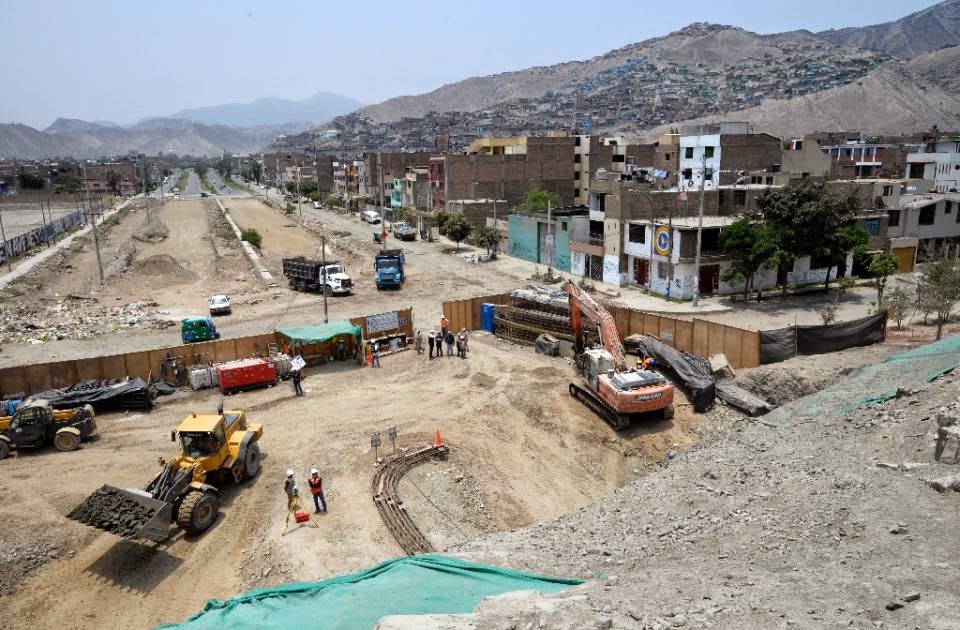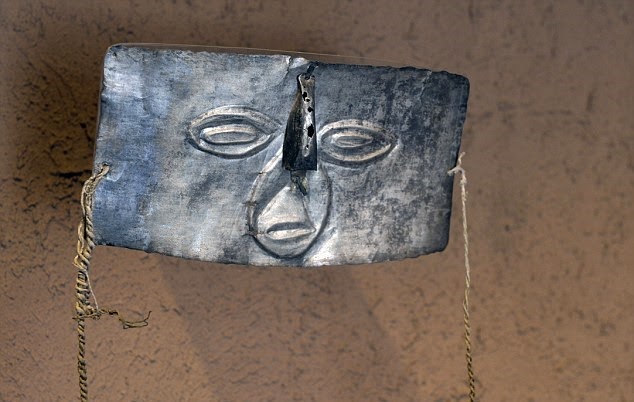
cultural resource investigator Jera Davis on an excavation salvage Monday on the
bank of the Black Warrior River at Moundville Archaeological State Park.
[Credit: Erin Nelson/The Tuscaloosa News]
“This is a salvage operation to get as much as we can,” said archaeologist Jera Davis, who is part of the team excavating the site.
The sites along the bank overlooking the river have been endangered by rapid erosion caused by a shift in the river channel. The salvage effort is a stopgap measure until UA and the U.S. Army Corps of Engineers can agree on a plan to stabilize the stretch of riverbank along the wooded northern border of the park, according to Matt Gage, director of the UA Office of Archaeological Research.
“Since 2010, we have really seen a major change in what is happening with the erosion in this area,” Gage said.
The university and the Corps are trying to work on a feasibility study, he said.
The stabilization work would likely be funded by local and federal matching funds, with the Corps responsible for the stabilization and the university assisting with the archaeological work at the site.
At a site below the raised walkway that runs along the edge of the bank, the team has been excavating a midden heap — or trash pit — for about a week.
The bank below the excavation is a steep slope of exposed sandy soil where the trunks of toppled cypress and gum trees protrude from the silt at the water’s edge.
Gage estimated the staff has about six to eight months of salvage work along the riverbank on the edge of the park. The salvage by the archaeologists needs to be done before the stabilization work begins and before the valuable archaeological deposits slide down the slope into the river.
Only about 15 percent of the massive Moundville complex has been excavated. The section threatened by the river is among the least explored, according to Davis.
The site overlooking the river was likely one of the first and last places to be occupied at the complex, which was inhabited from roughly the 11th to 16th centuries by Native Americans of the Mississippian culture. The site was a religious and commercial center, home to both elite and commoners of the culture.
Based on materials found in the trash pit, experts say the sites near the river were likely the residential areas for the elite members of the society. The items include such things as shards of elaborate ceramics and mineral pigments from the Midwest, Davis said.
The trash pits offer glimpses of daily life at the sprawling complex, once the second largest of its kind in what is now the United States.
Moundville is eligible as a United Nations Educational, Scientific and Cultural Organization World Heritage site, Gage said.
Erosion along the bank is speeding up, he warned.
“Every day, we are losing a little bit of Moundville,” he said.
In the past, a natural jetty formed by silt deposits at the mouth of Carthage Branch to the east of the park helped protect the stretch of riverbank by redirecting the current. The recent changes to the river channel eroded the natural barrier and began to cut away at the bank along the Moundville site, Gage said. He estimated that approximately 30 meters of riverbank has been lost since 1969. The Corps of Engineers stabilized a stretch of riverbank northwest of the park roughly 25 years ago with riprap and other stone to prevent erosion.
While the Corps was previously able to stabilize the riverbank on the northwest corner of the park with aggregate, the erosion occurring now is a more challenging engineering problem because of the steep slope of the bank, which drops almost immediately into the river channel, Gage said.
Gage anticipates the project could cost anywhere from $7 million to $11 million.
“It all depends on what the Army Corps of Engineers decides is a possibility,” he said.
Author: Ed Enoch | Source: The Tuscaloosa News [January 26, 2015]





















